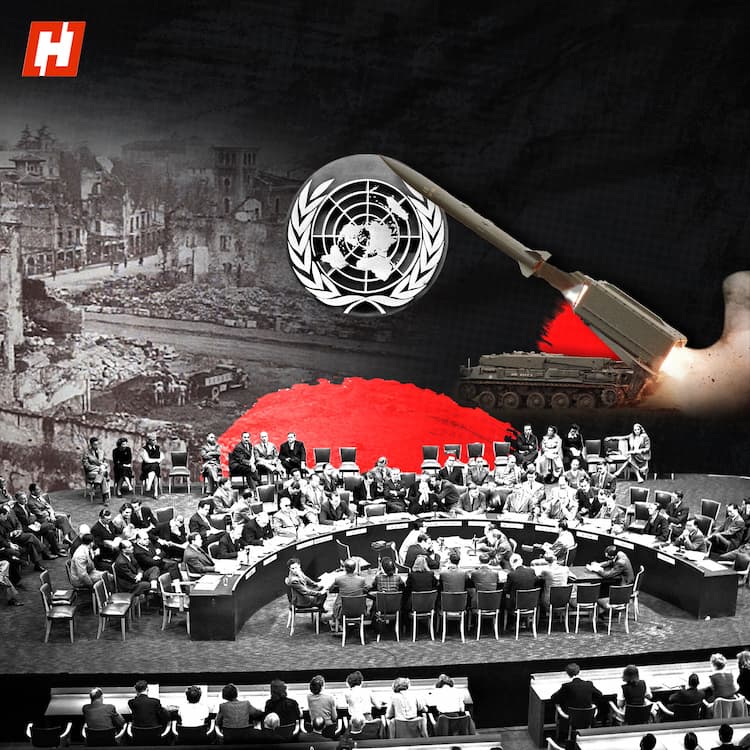The ceasefire between Israel and Iran, after 12 days of war, might have lowered the tensions in the Middle East, but the situation continues to remain fragile.
A new satellite image has surfaced, showing the USS Carl Vinson aircraft carrier deployed to the Arabian Sea, near Iran.
The image of the aircraft carrier was identified by an open-intelligence analyst, MT Anderson.
He revealed that two Arleigh Burke-class destroyers are also accompanying the carrier to the Arabian Sea.
The United States’ Central Command, or the CENTCOM, had deployed the USS Carl Vinson to the Arabian Sea in April amid threats from Yemen-based rebel group, the Houthis.
The carrier remained in the Arabian Sea during the Israel-Iran war, after the US bombed Iranian nuclear sites.
But this is the first time that the satellite picture of the aircraft carrier has come to the fore.
According to the US Naval Institute's fleet and marine tracker, the USS Carl Vinson conducted operations with another aircraft carrier, the Carrier Air Wing 2, in the Arabian Sea on Monday.
Meanwhile, the deployment of two aircraft carriers has raised doubts over the viability of the Israel-Iran ceasefire.
Experts say that the US is trying to maintain its naval presence in the Arabian Sea as tensions with Iran continue.
Iranian military officials believe that the newly achieved ceasefire may not hold longer, claiming a lack of trust in the US and Israel.
In a statement, Iran's Armed Forces Spokesperson Brigadier General Abolfazl Shekarchi said, “The Islamic Republic of Iran has never considered the word 'cessation of conflict' as an option. The Zionist regime is never trustworthy—neither for anywhere in the world nor for Iran”.
With the US moving its military assets close to Iran, reports suggest that Iranian naval forces have resumed patrolling the Gulf’s vital trade route, the Strait of Hormuz. As per reports, Iran has deployed its submarines to the Strait of Hormuz to retaliate against the US and Israel, in case the war resumes.
Hormuz holds strategic importance for Iran’s maritime ambitions. It connects the Gulf to the Arabian Sea. Around 30 per cent of the global energy—including crude oil and liquefied natural gas—passes through the Strait daily.
Iran had threatened to close down the Strait of Hormuz during the recent conflict with the US and Israel. But Tehran never went ahead.
Military experts say that the Strait of Hormuz is a pressure tool for Iran, and it has often used it as a deterrent.
But, the question remains whether Iran has the capabilities to exert its dominance in the Strait of Hormuz?
A report by the American think tank, Stratfor, has said that over the years, Iran increased its military presence in the Strait of Hormuz.
According to the report titled ‘‘The Geopolitics of Trade’, the Iranian military has developed a range of asymmetric warfare capabilities, including swarms of fast-attack boats, armed drones, naval mines, electronic warfare, and ship-targeting missiles.
Apart from military capabilities, Tehran has developed its cyberwarfare tactics, which could target port infrastructure and use GPS spoofing to redirect ships.
Notably, a New York Times report suggested that during the recent flare-up between Iran and the US, Pentagon officials had raised concerns regarding their military capabilities if war escalates with Iran.
Among the key concerns for the Pentagon officials was that Iran’s naval assets in the Strait could restrict freedom of movement for US naval forces.
With the US, Iran and Israel continuing their rhetoric, experts suggest that a single miscalculated move could lead to war.





